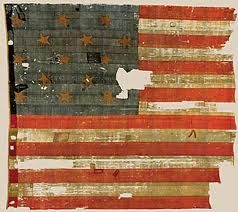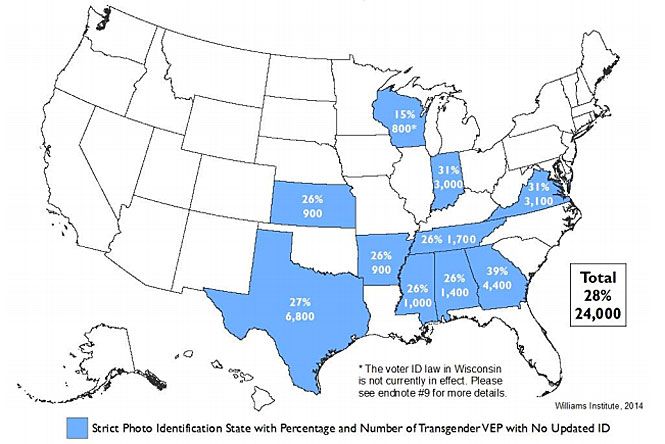 As long as we’re talking about musical forms, we might well discuss the Fugue, a Baroque development that was later supplanted by the Sonata which was the basis for the Symphony and we all remember the Symphony don’t we?
As long as we’re talking about musical forms, we might well discuss the Fugue, a Baroque development that was later supplanted by the Sonata which was the basis for the Symphony and we all remember the Symphony don’t we?
C’mon, it was just last week. Didn’t I tell you to practice at home?
Well, maybe not. And some actually prefer the noise these kids today make with their “electric” instruments eshewing the lute, recorder, and drum.
Our youth now love luxury. They have bad manners, contempt for authority; they show disrespect for their elders and love chatter in place of exercise; they no longer rise when elders enter the room; they contradict their parents, chatter before company; gobble up their food and tyrannize their teachers.
I was in my mid 30’s in 1929, do the math.
Well you thought the leaden winter would bring you down forever
But you rode upon a steamer to the violence of the sun
And the colors of the sea blind your eyes with trembling mermaids
And you touch the distant beaches with tales of brave Ulysses
How his naked ears were tortured by the sirens sweetly singing
Sparkling waves are calling you to touch her white laced lips
You see your girl’s brown body dancing through the turquoise
And her footprints make you follow where the sky loves the sea
And when your fingers find her, she drowns you in her body
Carving deep blue ripples in the tissues of your mind
The tiny purple fishes run laughing through your fingers
You want to take her with you to the hard land of the winter
Her name is Aphrodite and she rides a crimson shell
You know you cannot leave her for you touched the distant sands
With tales of brave Ulysses, how his naked ears were tortured
By the sirens sweetly singing
The tiny purple fishes run laughing through your fingers
You want to take her with you to the hard land of the winter
In any event a Fugue–
is a rare psychiatric disorder characterized by reversible amnesia for personal identity, including the memories, personality, and other identifying characteristics of individuality. The state is usually short-lived (ranging from hours to days), but can last months or longer. Dissociative fugue usually involves unplanned travel or wandering, and is sometimes accompanied by the establishment of a new identity.
After recovery from fugue, previous memories usually return intact, but there is typically amnesia for the fugue episode. Additionally, an episode of fugue is not characterized as attributable to a psychiatric disorder if it can be related to the ingestion of psychotropic substances, to physical trauma, to a general medical condition, or to psychiatric conditions such as delirium, dementia, bipolar disorder or depression. Fugues are usually precipitated by a stressful episode, and upon recovery there may be amnesia for the original stressor (dissociative amnesia).
Wait, where was I? A Fugue–
is a contrapuntal compositional technique in two or more voices, built on a subject (theme) that is introduced at the beginning in imitation (repetition at different pitches) and recurs frequently in the course of the composition.
…
A fugue usually has three sections: an exposition, a development, and a recapitulation containing the return of the subject in the fugue’s tonic key, though not all fugues have a recapitulation. In the Middle Ages, the term was widely used to denote any works in canonic style; by the Renaissance, it had come to denote specifically imitative works. Since the 17th century, the term fugue has described what is commonly regarded as the most fully developed procedure of imitative counterpoint.
Most fugues open with a short main theme, the subject, which then sounds successively in each voice (after the first voice is finished stating the subject, a second voice repeats the subject at a different pitch, and other voices repeat in the same way); when each voice has entered, the exposition is complete. This is often followed by a connecting passage, or episode, developed from previously heard material; further “entries” of the subject then are heard in related keys. Episodes (if applicable) and entries are usually alternated until the “final entry” of the subject, by which point the music has returned to the opening key, or tonic, which is often followed by closing material, the coda. In this sense, a fugue is a style of composition, rather than a fixed structure.
Since we’ve discovered that the natural sound of an atom (a simulation only and not a very specific atom like gold or silver or iron or helium, hydrogen or lithium) here is Pachelbel’s Fugue in D Major.
Oblgatories and more psychotic episodes (in D Major) below.

 As long as we’re talking about musical forms, we might well discuss the
As long as we’re talking about musical forms, we might well discuss the 


 The Williams Institute at the UCLA School of Law has
The Williams Institute at the UCLA School of Law has 